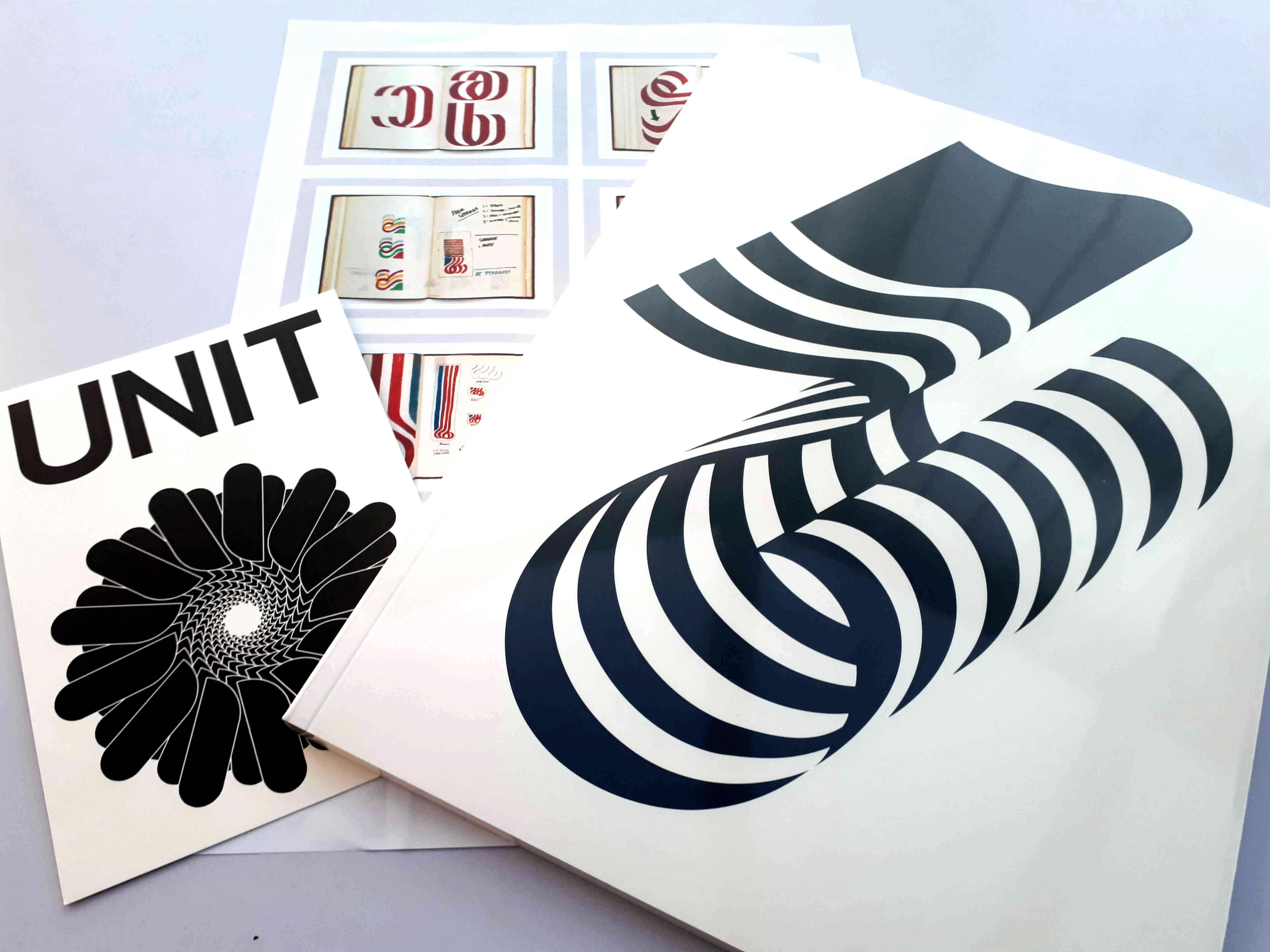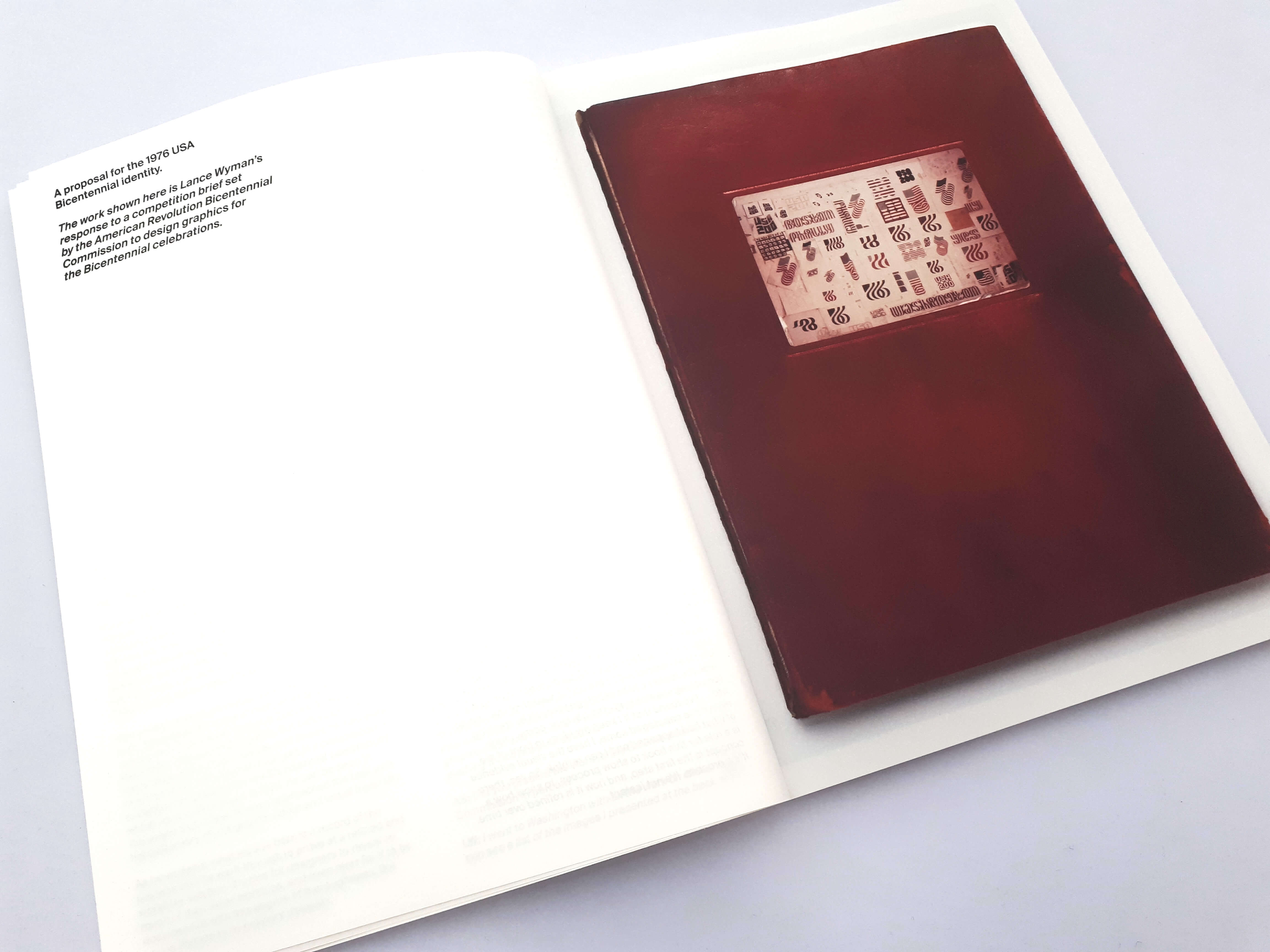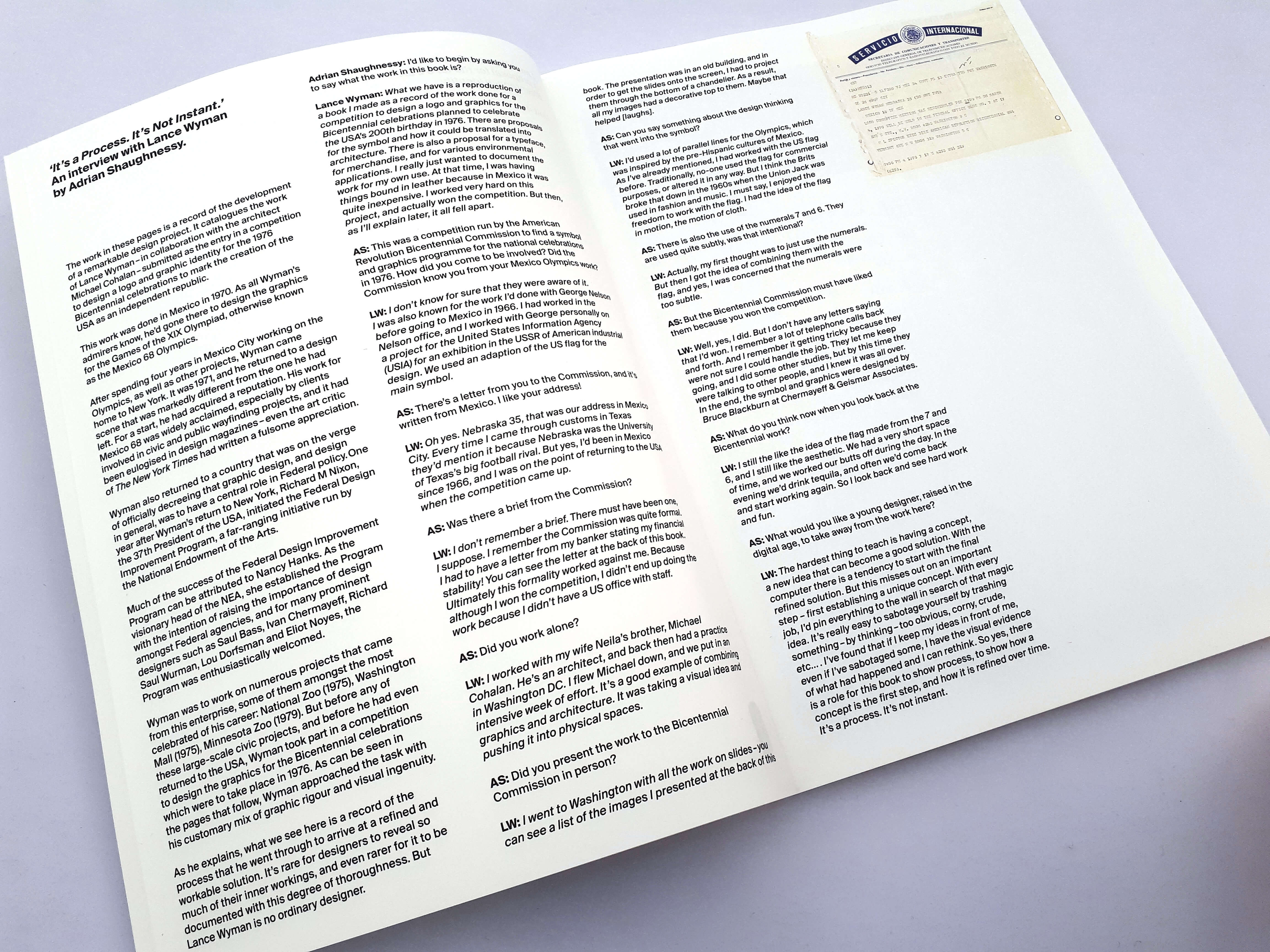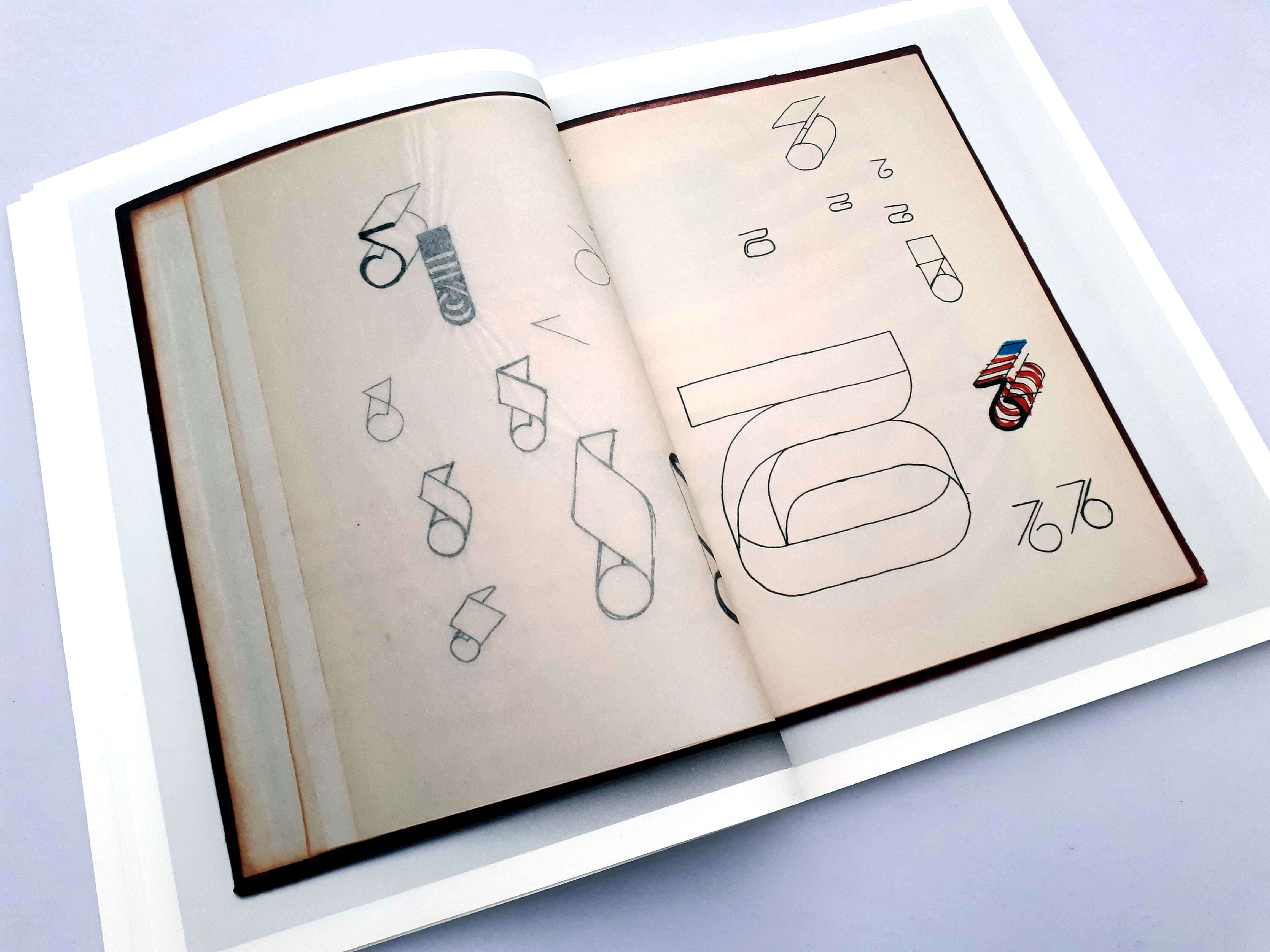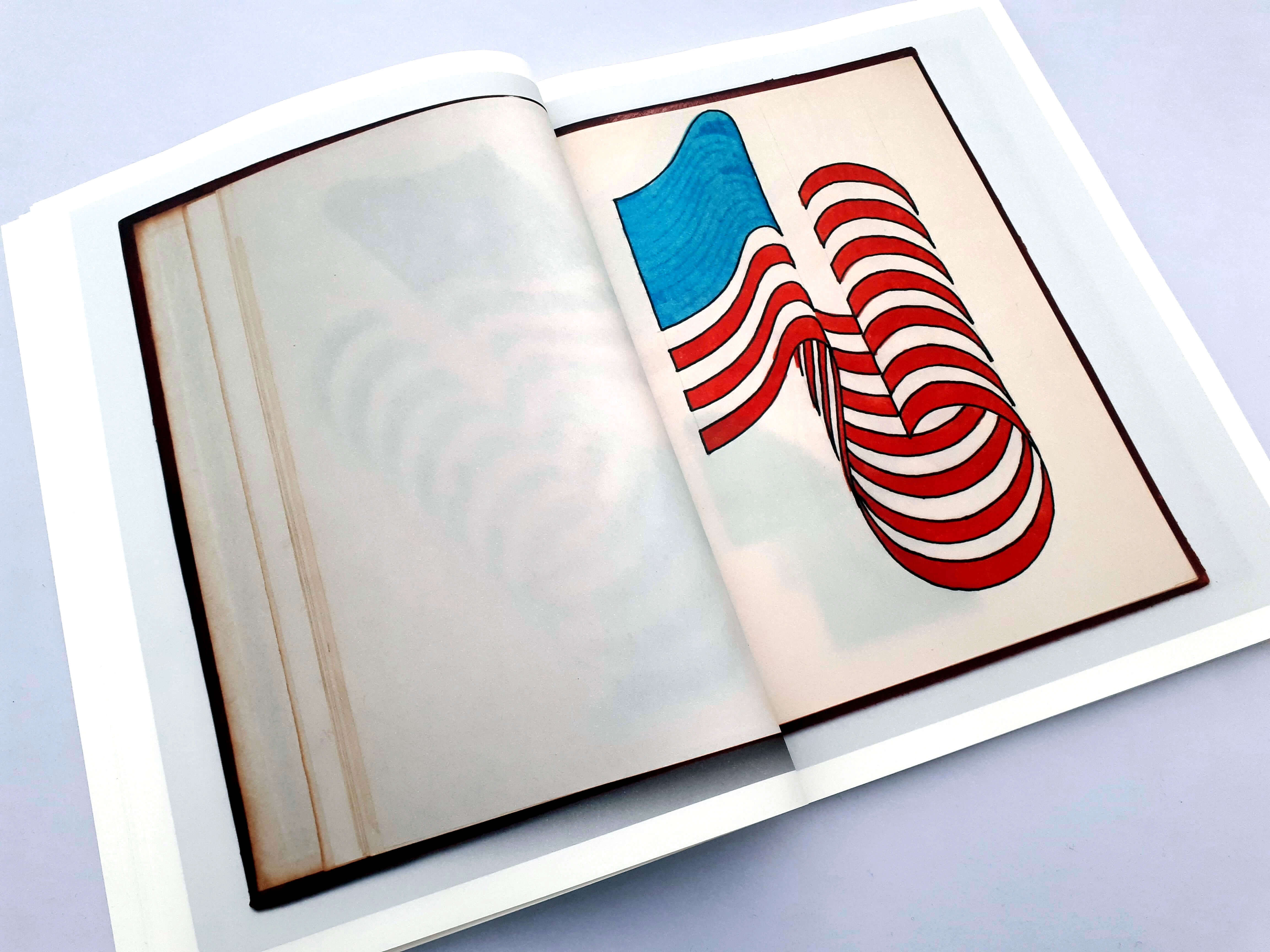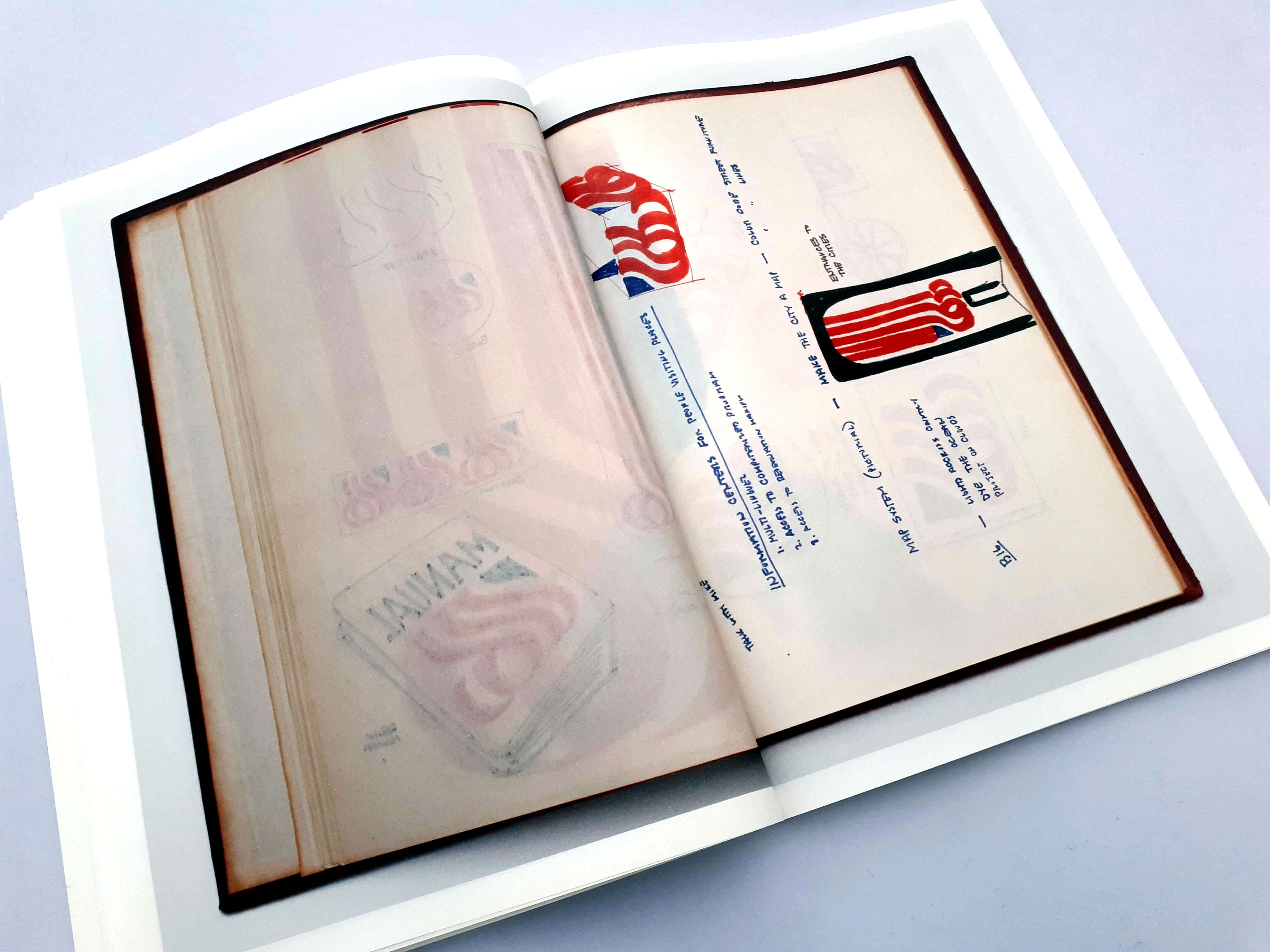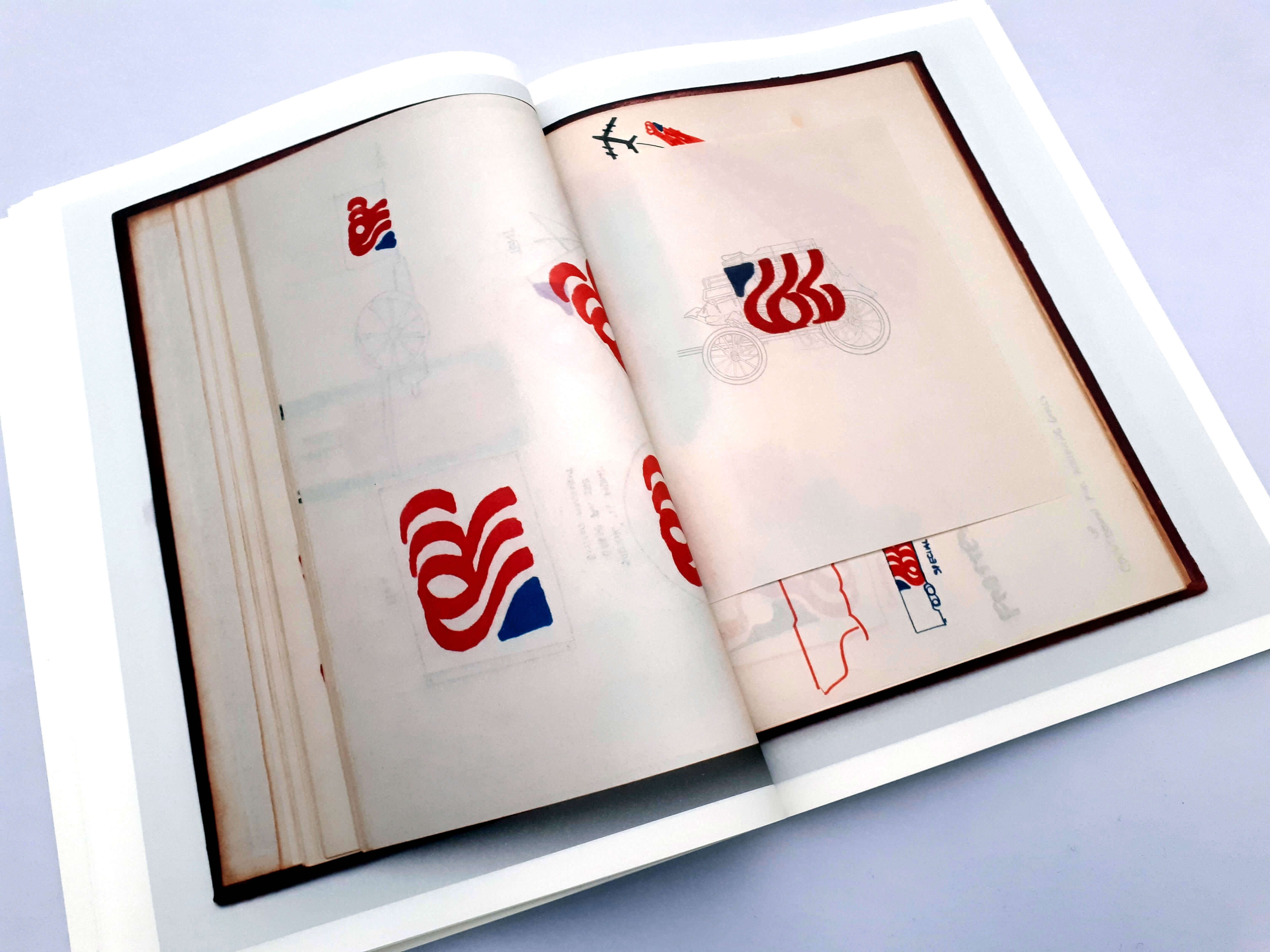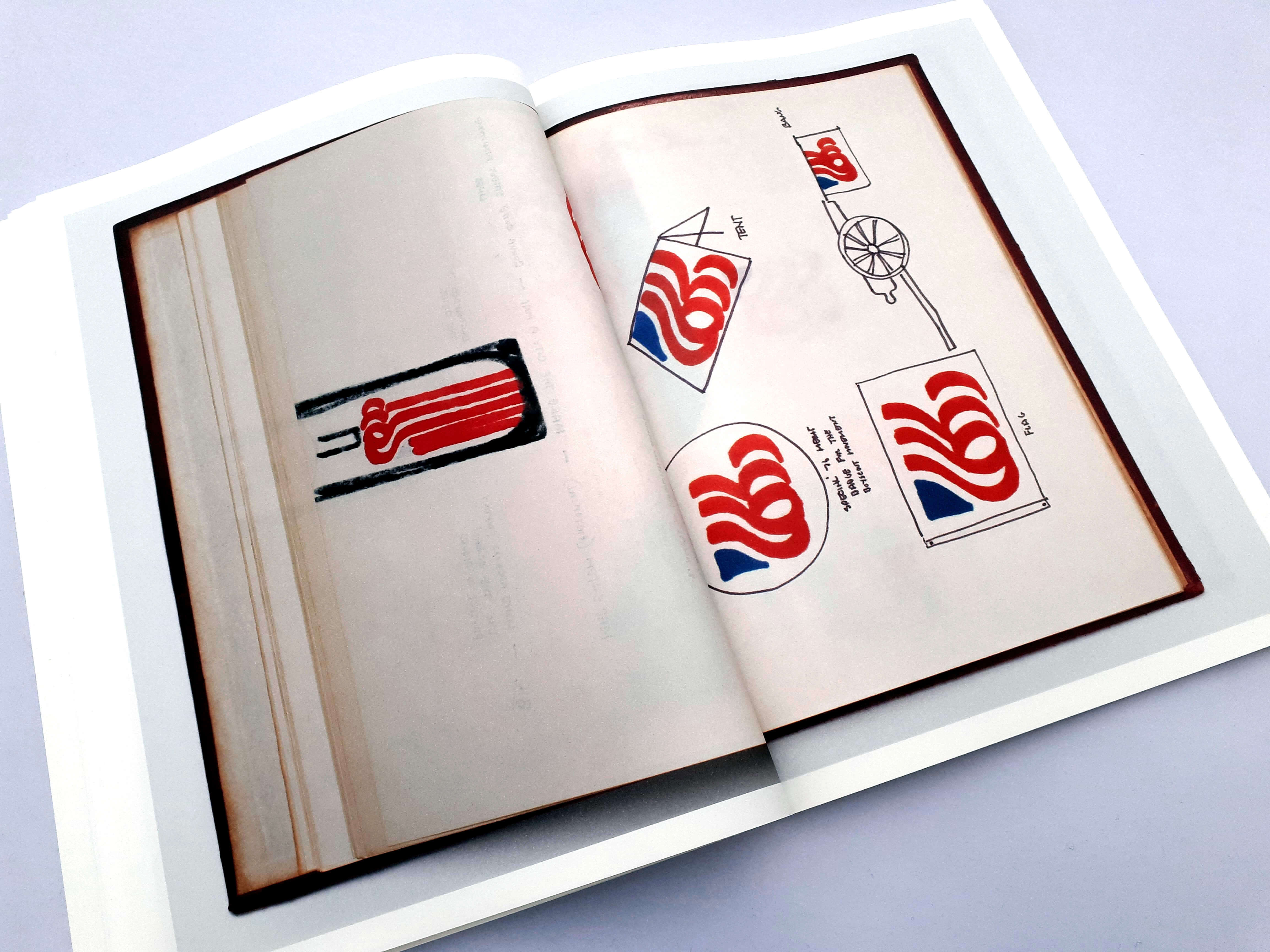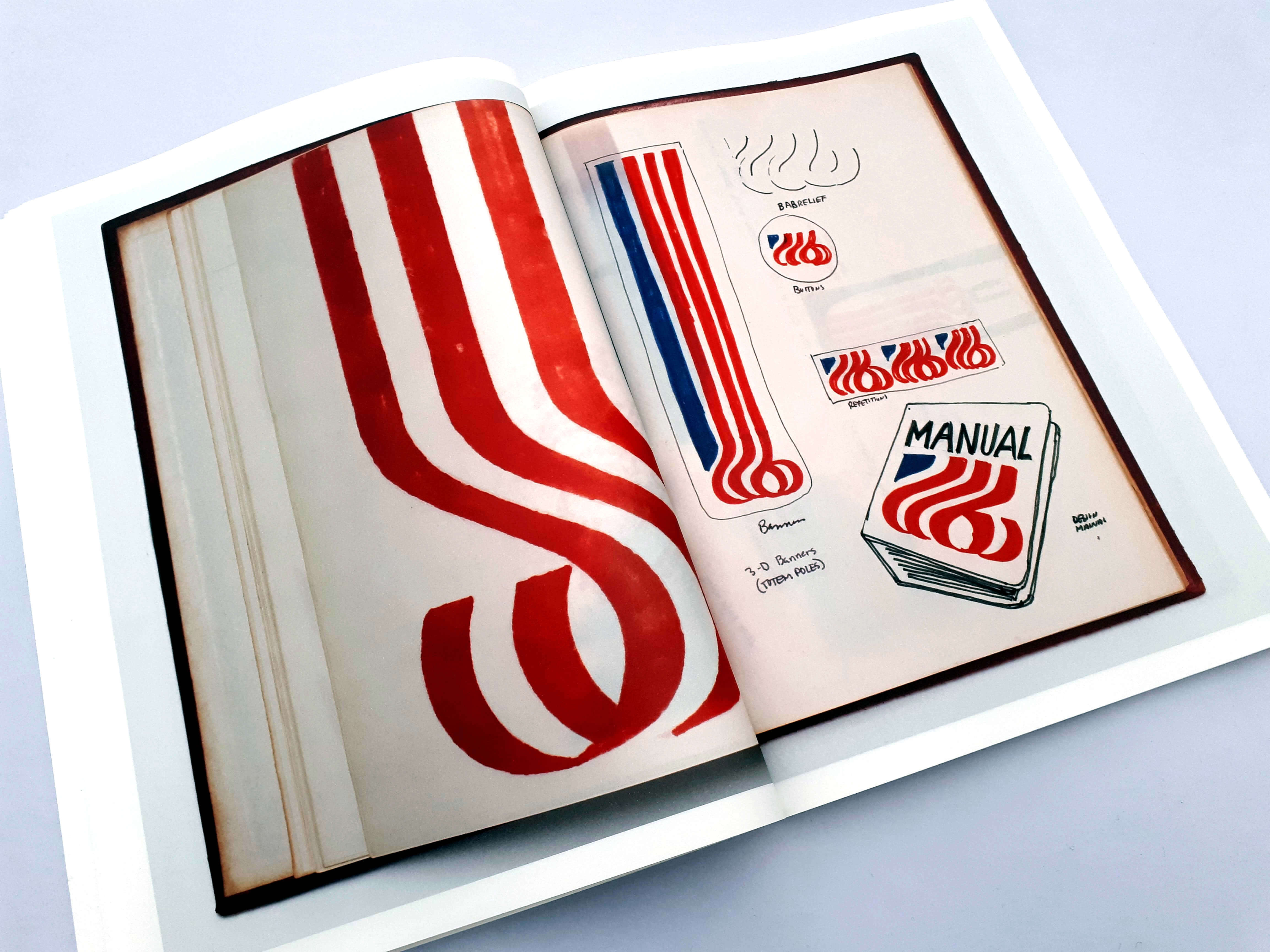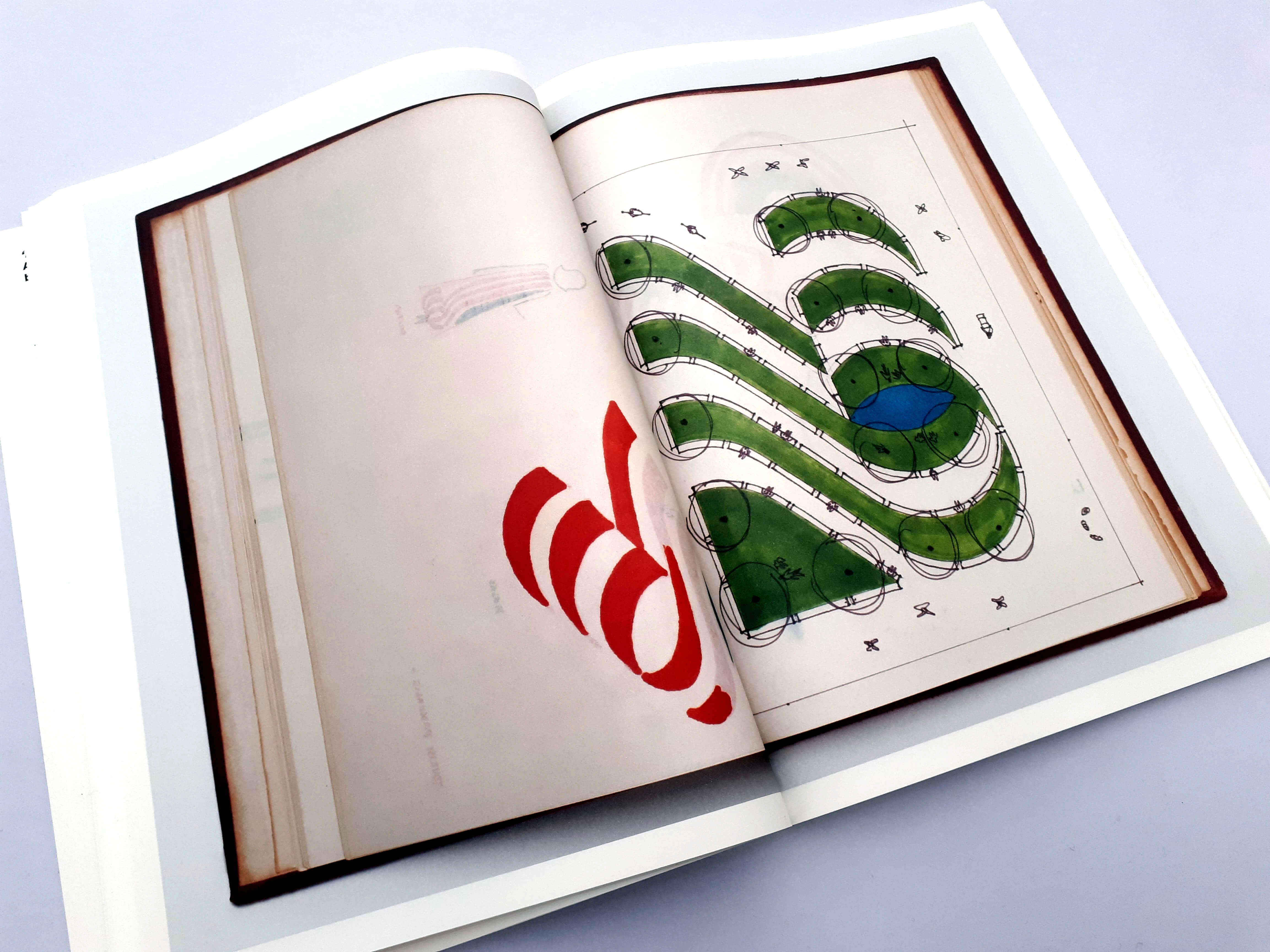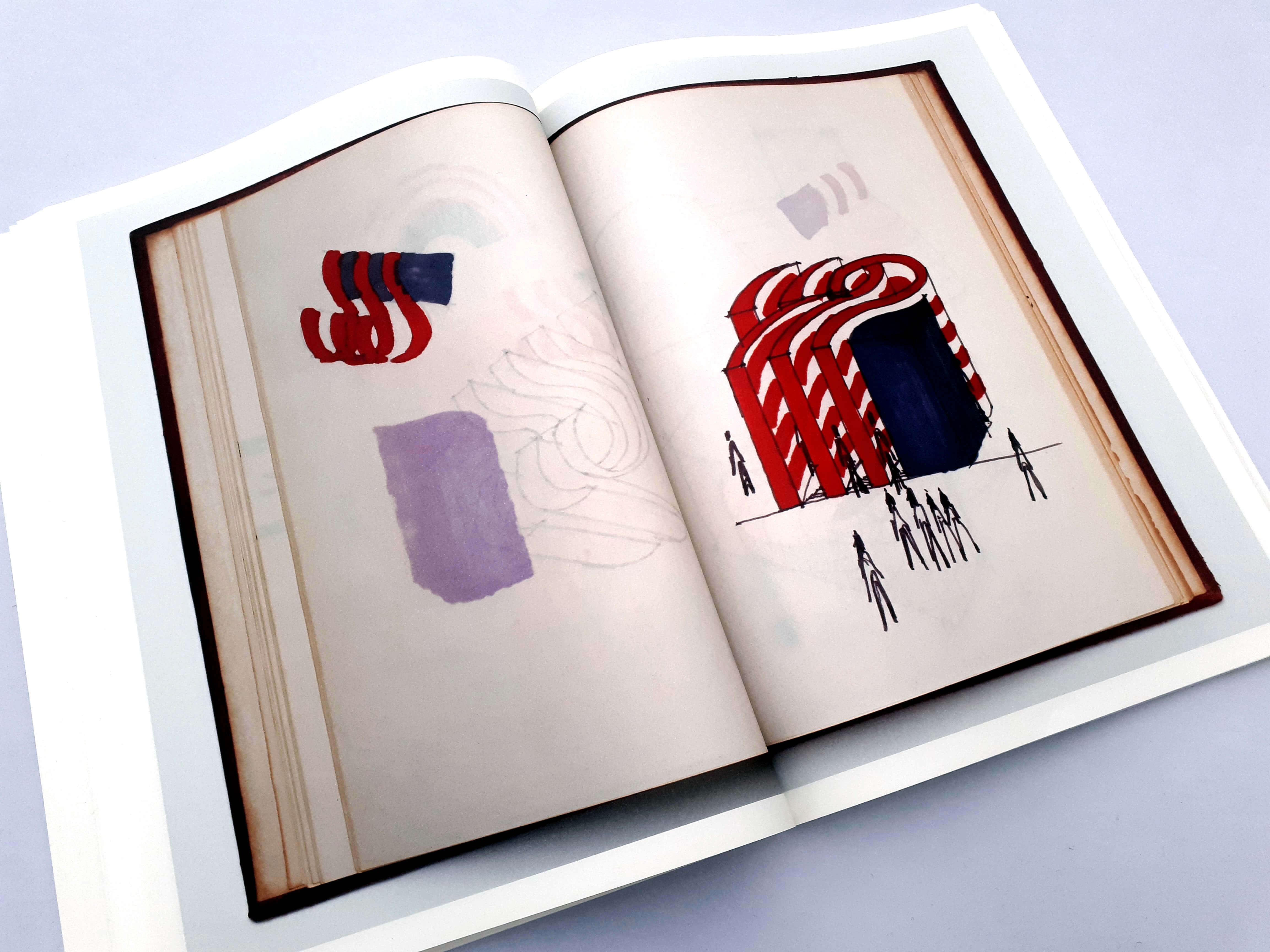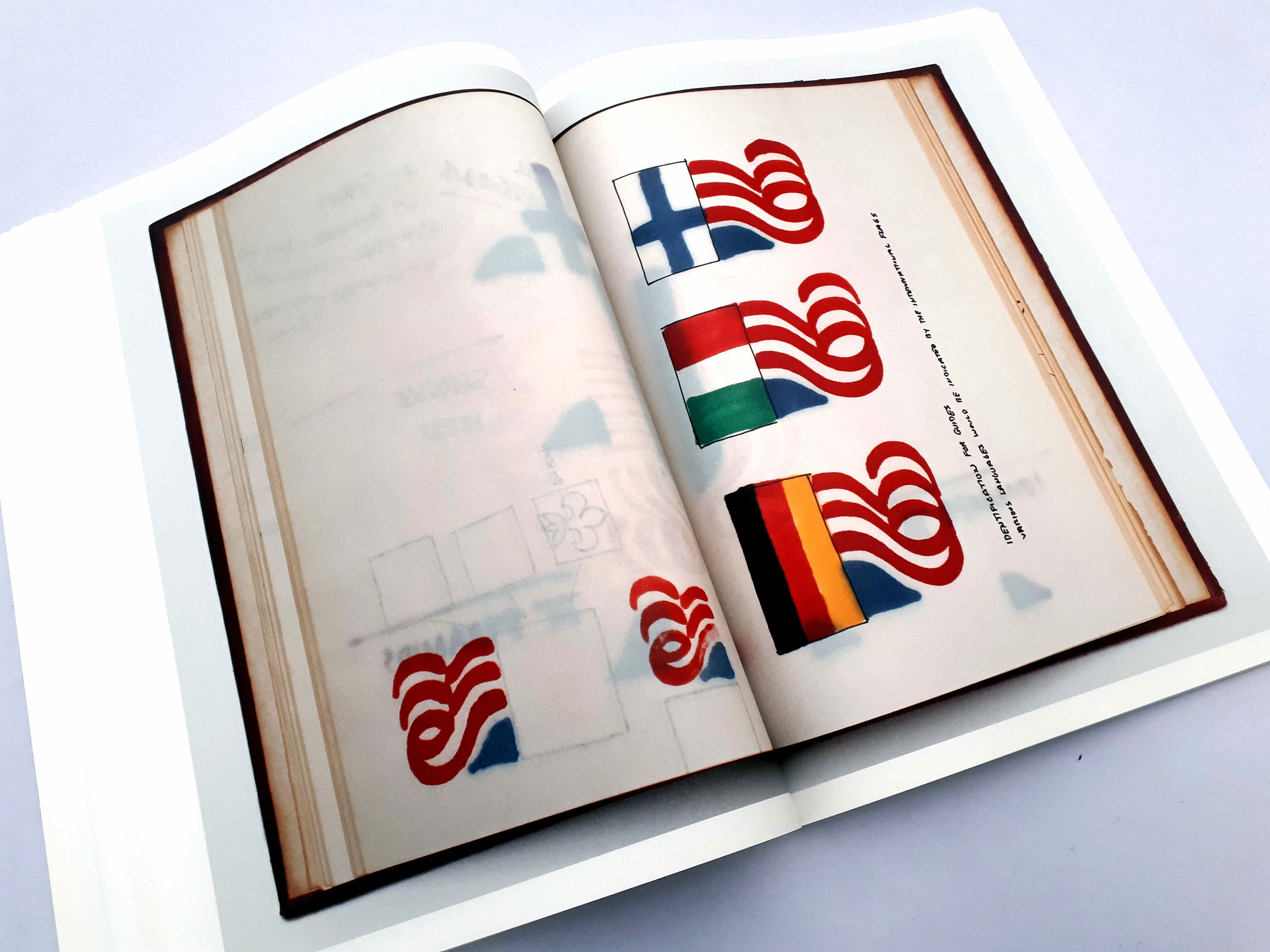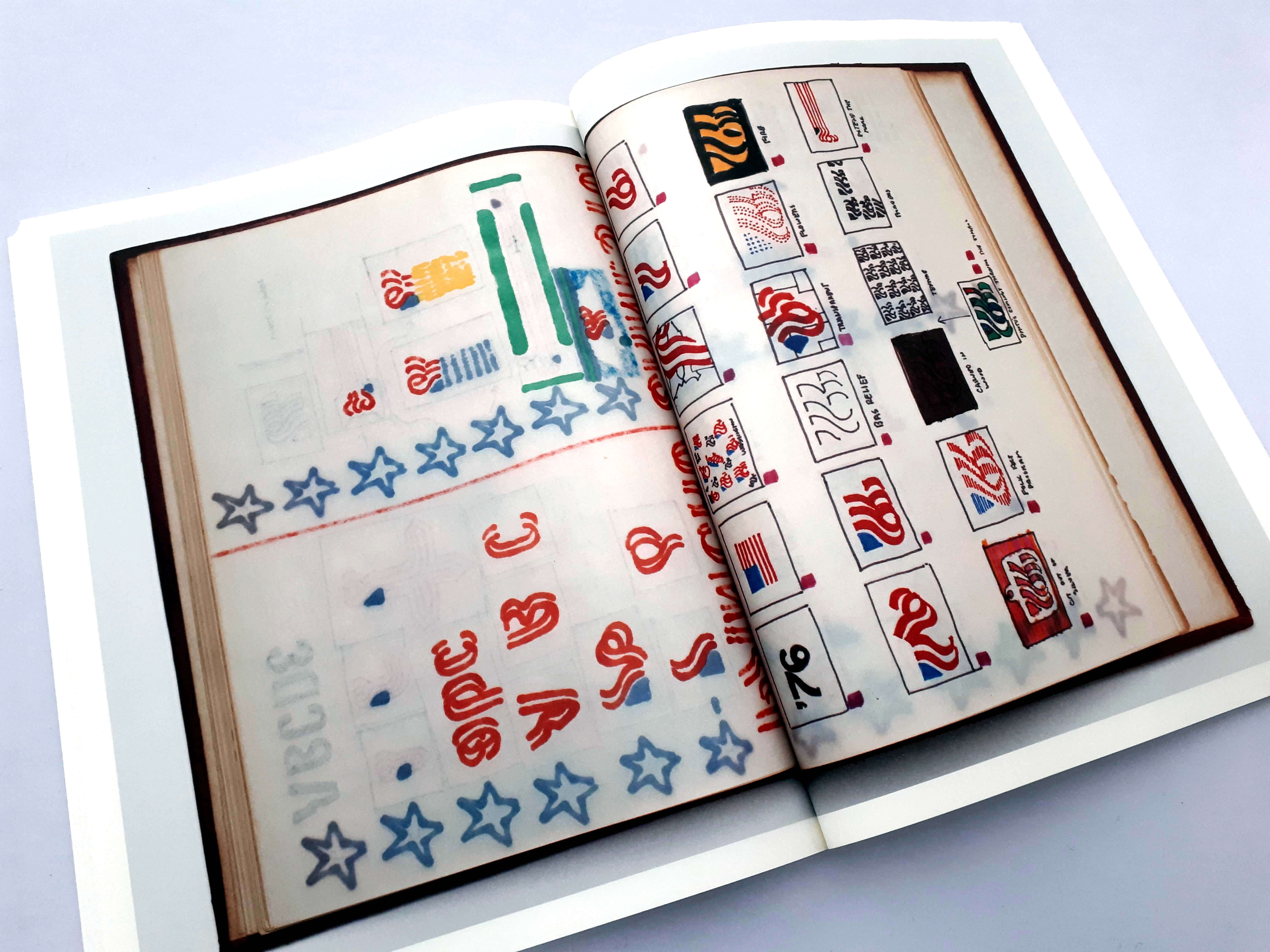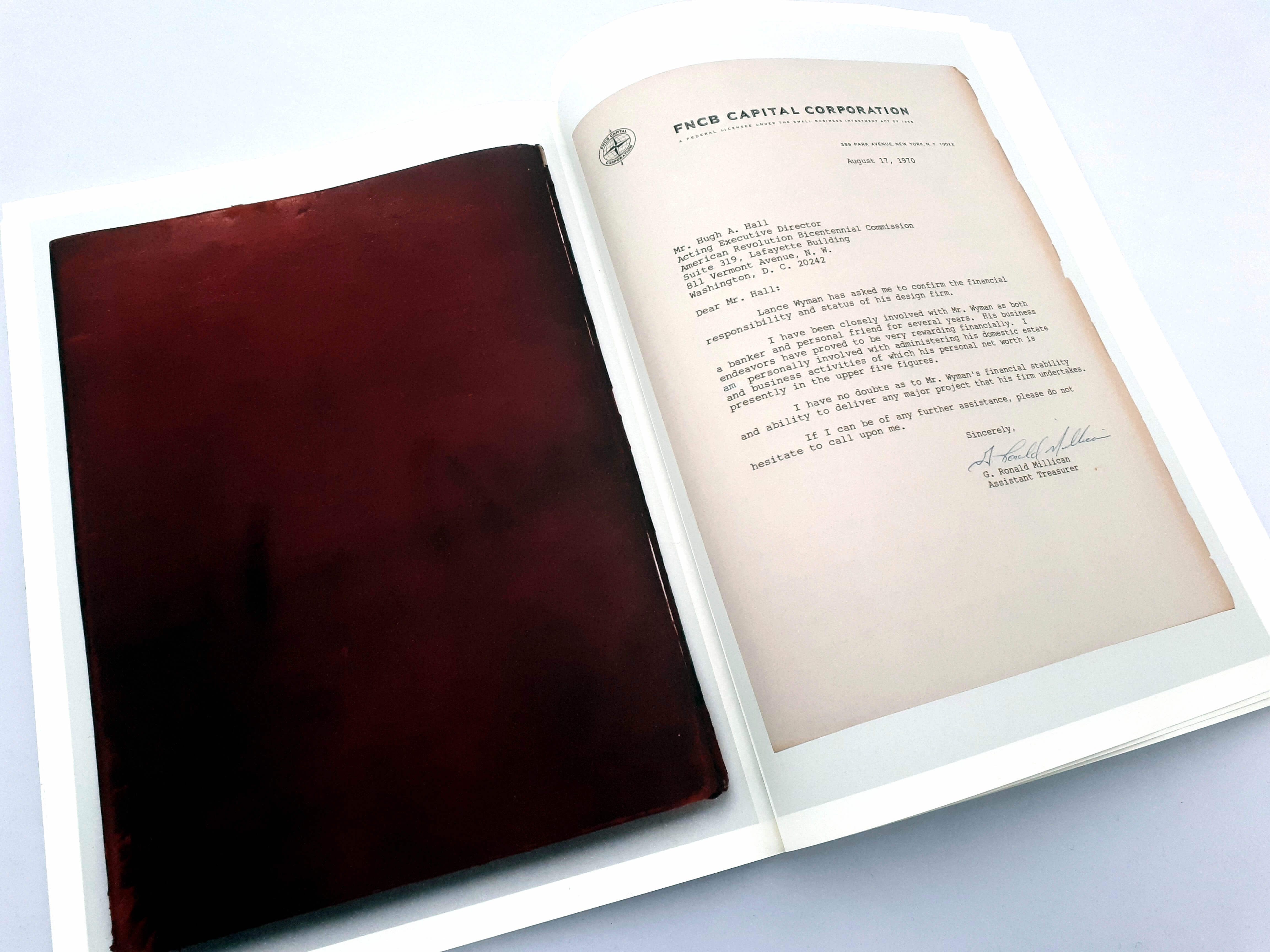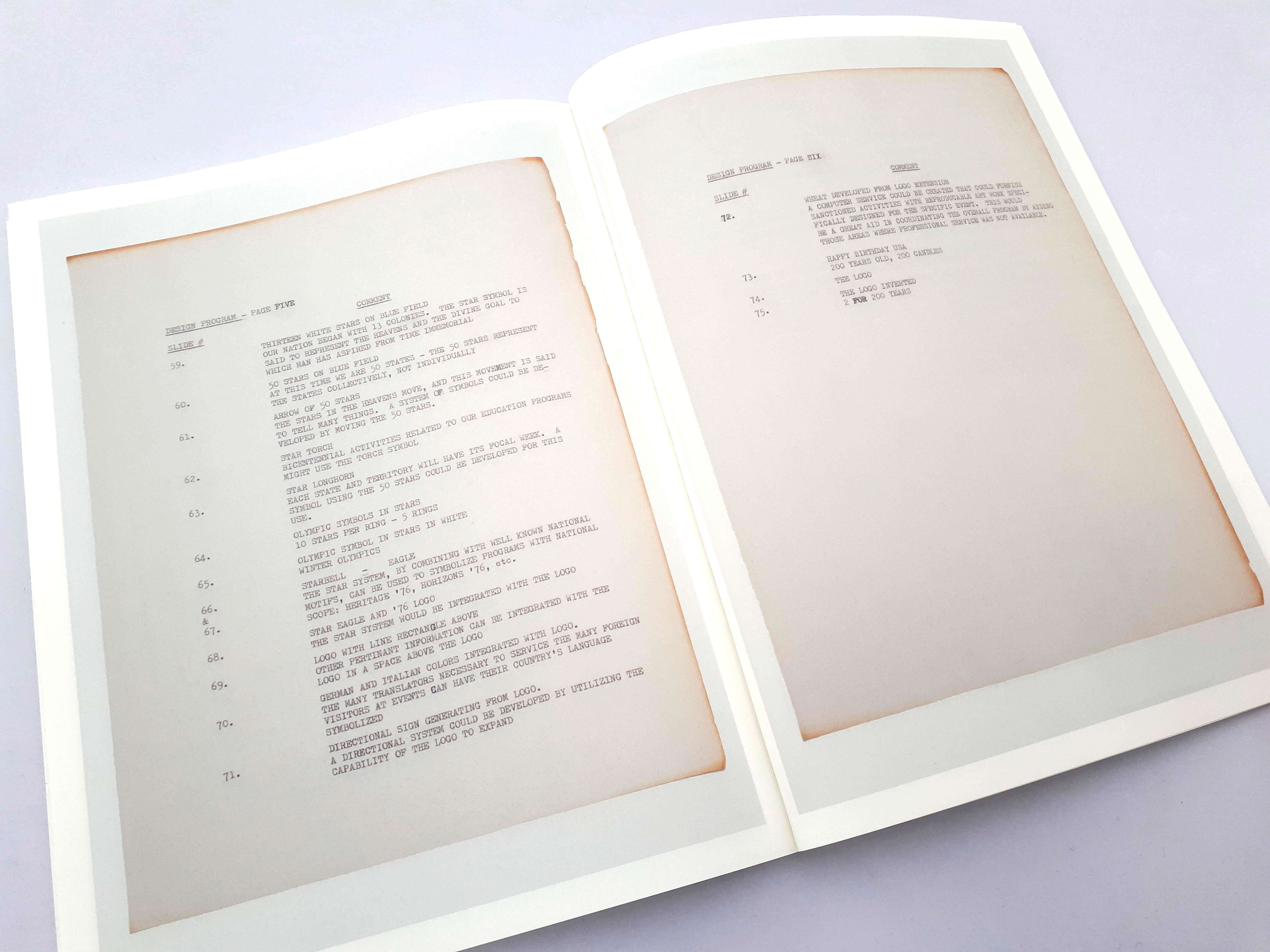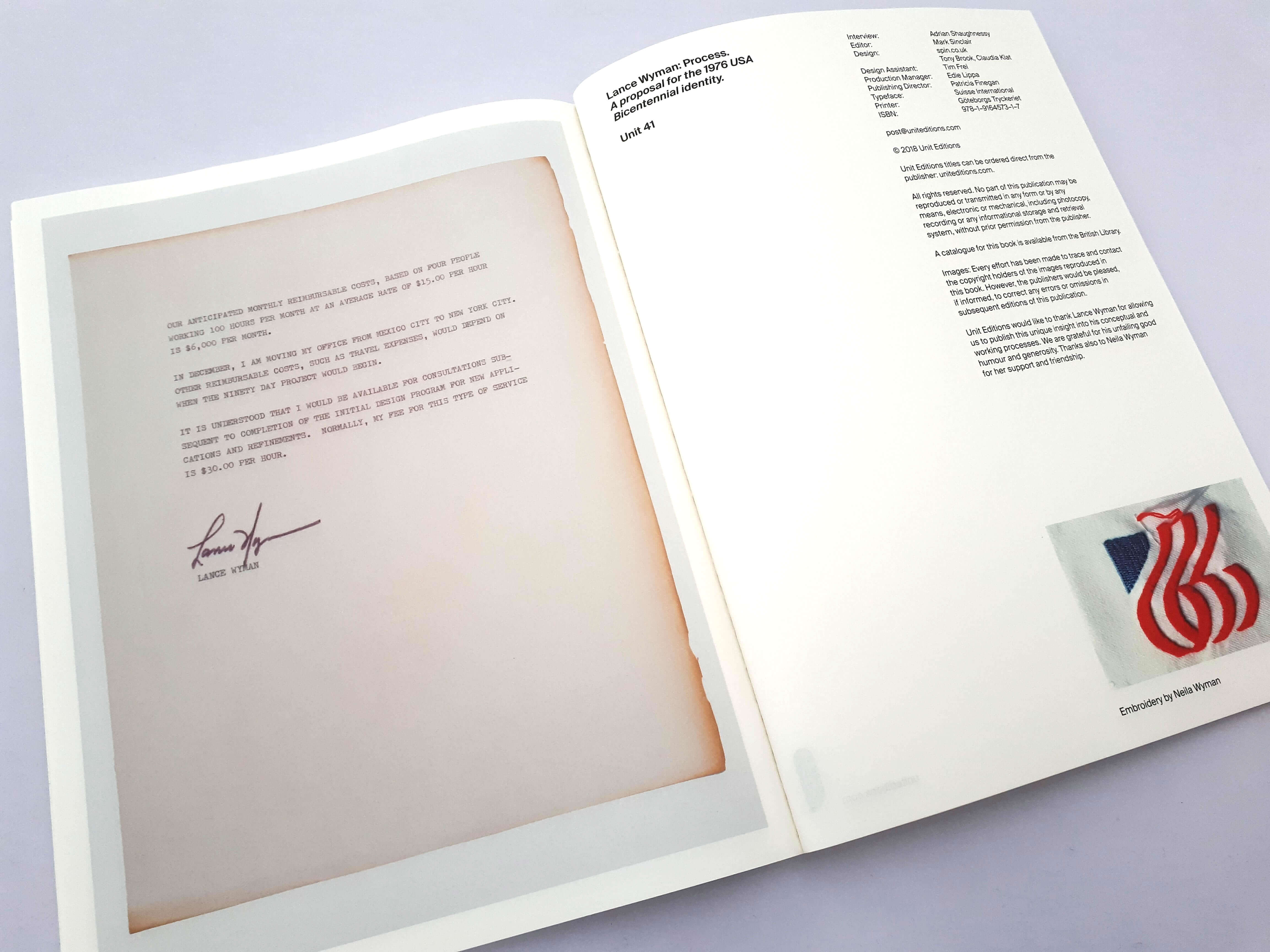In this book review, we are reviewing Lance Wyman: Process. A proposal for the 1976 USA Bicentennial identity by Unit Editions
This book is a near reproduction of the one-off, leather-bound ‘sketchbook’ that Lance Wyman made to document his design process for the creation of a logo and identity design for the 1976 American Bicentennial celebrations to mark the creation of the USA as an independent republic. It’s a record of the creative process that Wyman went through to arrive at a refined and workable solution.
Before we jump into the actual review we would like to start off this book review by thanking Unit Editions for sending us a copy of the Lance Wyman: Process. A proposal for the 1976 USA Bicentennial identity. We were very excited in the studio when it arrived we just had to do a unshrink wrapping video as we could not wait to dig into this one!
If you don’t know who Lance Wyman you can learn more about him in the Lance Wyman Designer Interview we did with him back in February 2018 and it was an honour to feature him. The approx size of the book is 210 x 280 and perfectly bound containing 176 pages that also includes seven pages of the typewritten document that accompanied Wyman’s slide presentation of the design and graphic programme.
The book was published by Unit Editions who is an independent publishing company producing books for an international audience of designers and followers of visual culture. The company was formed back in 2009 by Tony Brook, Patricia Finegan (both Spin) and Adrian Shaughnessy.
It’s rare for designers to reveal so much of their inner workings and behind the scene process and sketches, and even rarer for it to be documented with this degree of thoroughness. But Lance Wyman is no ordinary designer. The work was done in Mexico in 1970, and as all Wyman’s admirers know, he’d gone there to design the graphics for the Mexico 68 Olympics. But in 1971 he returned to the USA, and to a design scene that was markedly different from the one he had left. For a start, he had acquired a stellar reputation.
His work for Mexico 68 was widely acclaimed – even the art critic of the New York Times had written a fulsome appreciation. Wyman also returned to a country that was on the verge of officially decreeing that design was to have a central role in Federal policy. One year after Wyman’s return to New York, Richard M Nixon, the 37th president of the USA, initiated the Federal Design Improvement Program, a far-ranging initiative aimed at producing better design for government-funded projects. Wyman was to work on numerous projects that came from this initiative, some of them amongst the most celebrated of his career: National Zoo (1975), Washington Mall (1975), Minnesota Zoo (1979).
But before working on any of these large-scale civic projects, he took part in a competition to design the graphics for the Bicentennial celebrations. As can be seen in the pages of this book, Wyman approached the task with his customary mix of graphic rigor and visual ingenuity.
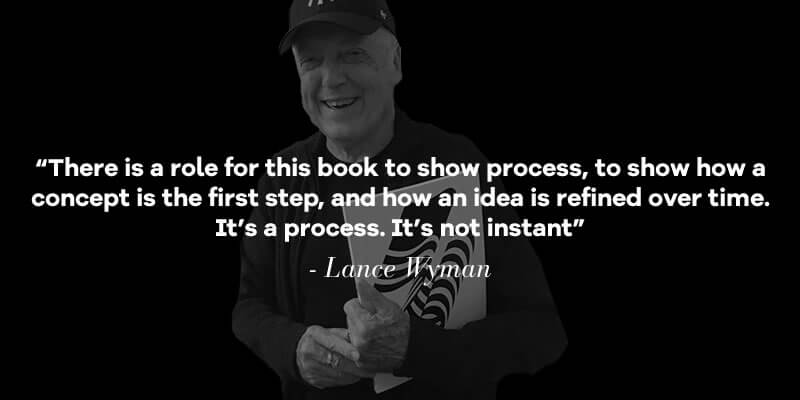
The book starts with an opening interview with Adrian Shaunghnessy, Wyman explains the genesis of the project, the reasons why it was never implemented and discusses the importance of process in any designer’s work.
It’s a nice book that shows you Wyman’s thought process as he progresses through, as the progression continues throughout the book it shows the ideation stage of the mark and how Wyman envisions the mark on maps and flags, book covers and badges and play tents for children.
His thought process goes even deeper with mock-up sketches of the identity mark being used on the side of carriages, trains, boats, plains and even a structure that people can walk between.
What’s great about this book is that it shows a visual design thinking process from a single idea through to the progression of a working design solution with each stage been documented along the way.
Lance Wyman is a legend within the logo and brand identity design industry and looking through this book gives you a special feeling of this is top secret behind the scenes and something I should not be seeing.
It’s nice that this book has been released as it gives you an insight into a designers thought process in a visual way, and what’s even more special is that it was done back in 1976 when technology was nowhere near as advanced as we know today and producing graphics, manipulating type and other graphical elements was developed manually.
As a bonus at the end of the book as mentioned earlier, there are 7 pages that include the typewritten document that accompanied Wyman’s slide presentation of the design and graphic programme.
I would highly recommend this to designers just starting out to learn more about the visual thought process and design thinking that goes into creating an identity. It is also very handy for the more seasoned and practicing designers to see how the legends did it back in the day.


